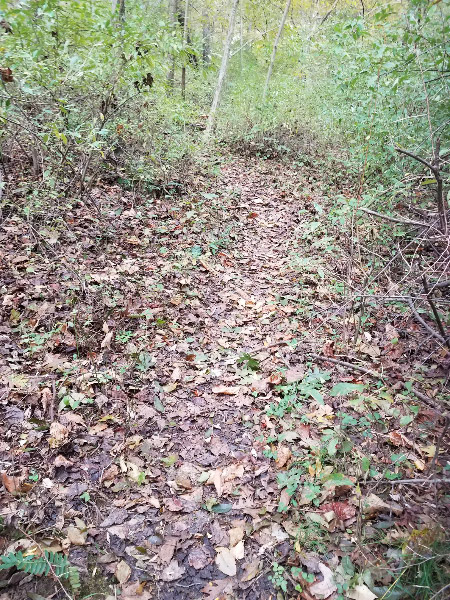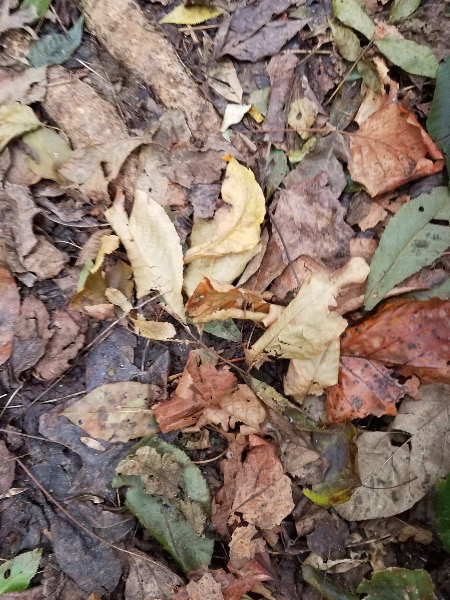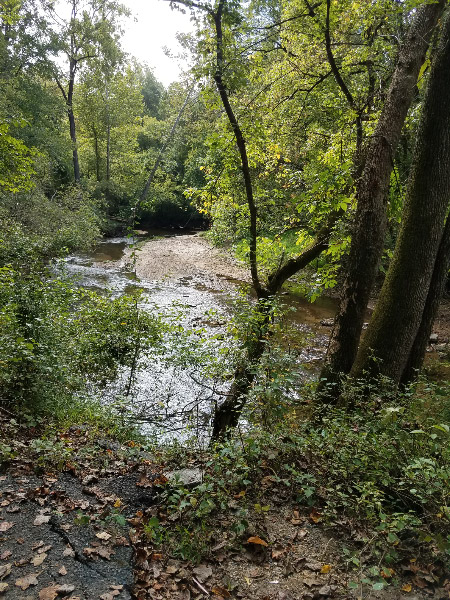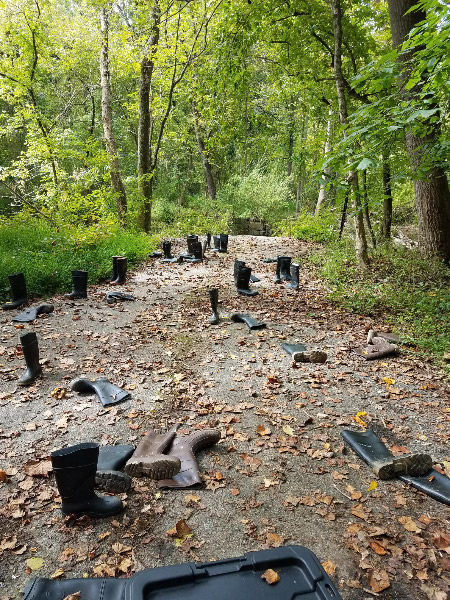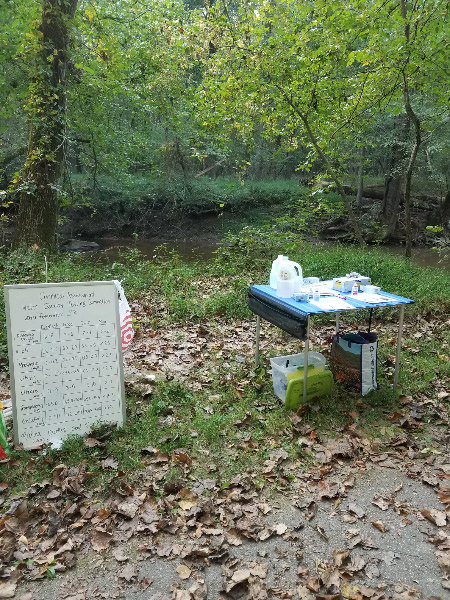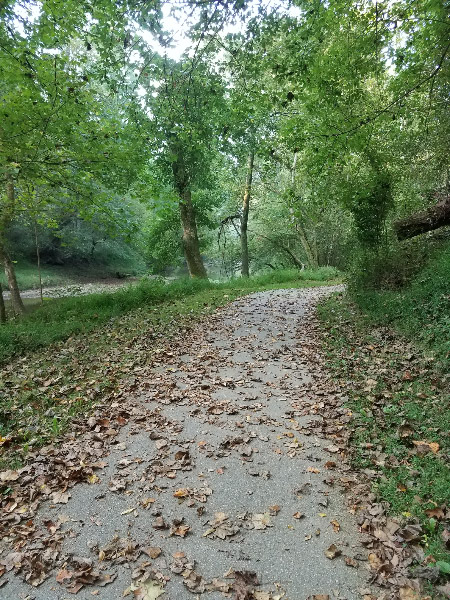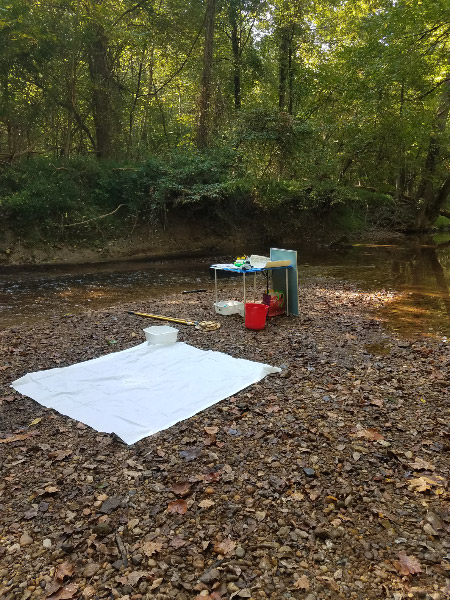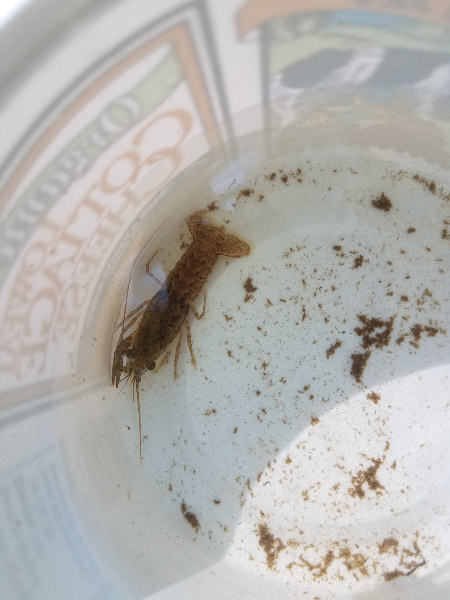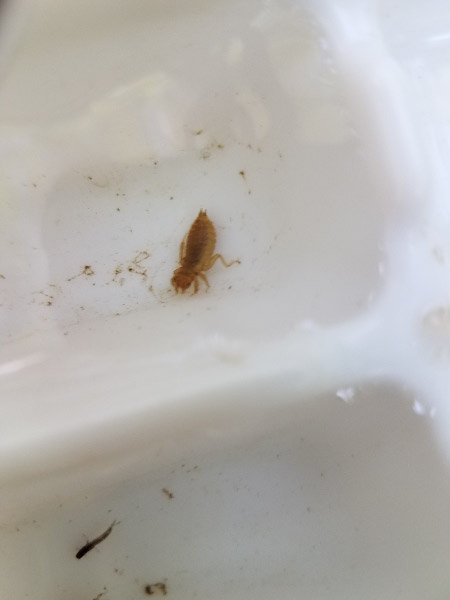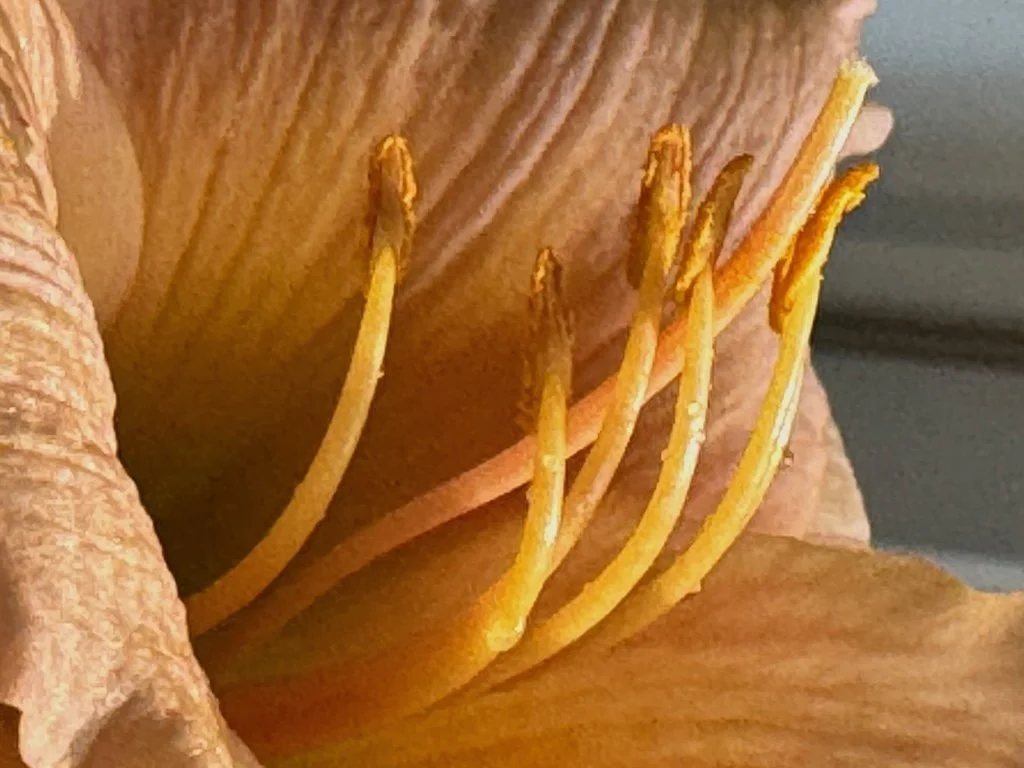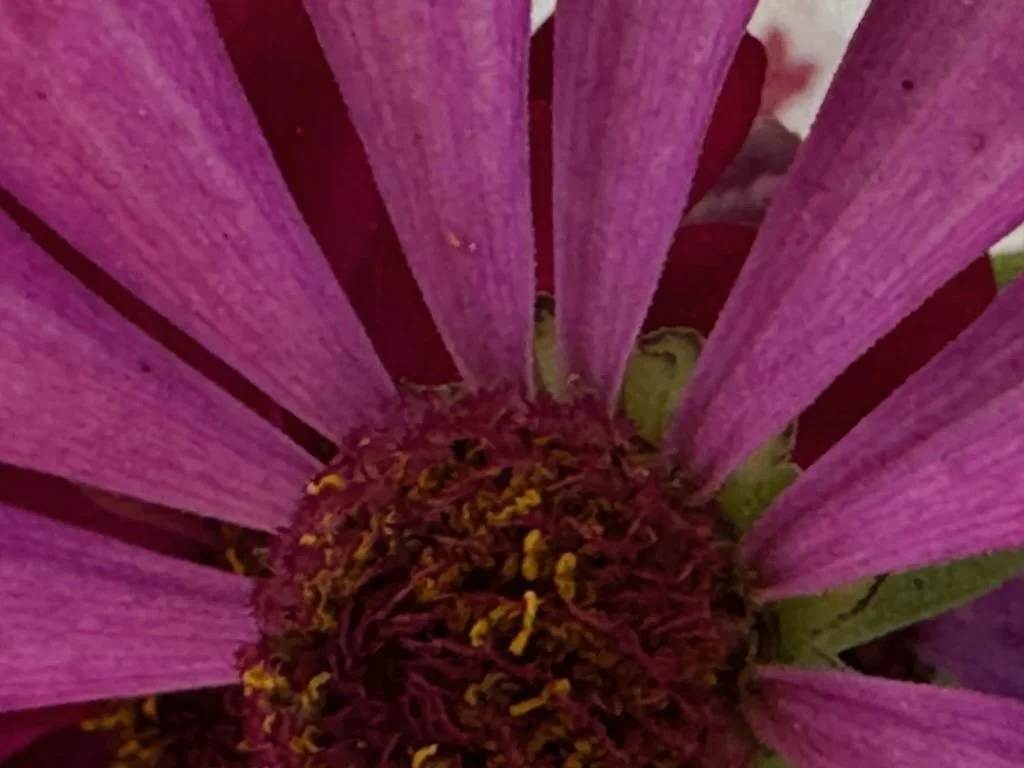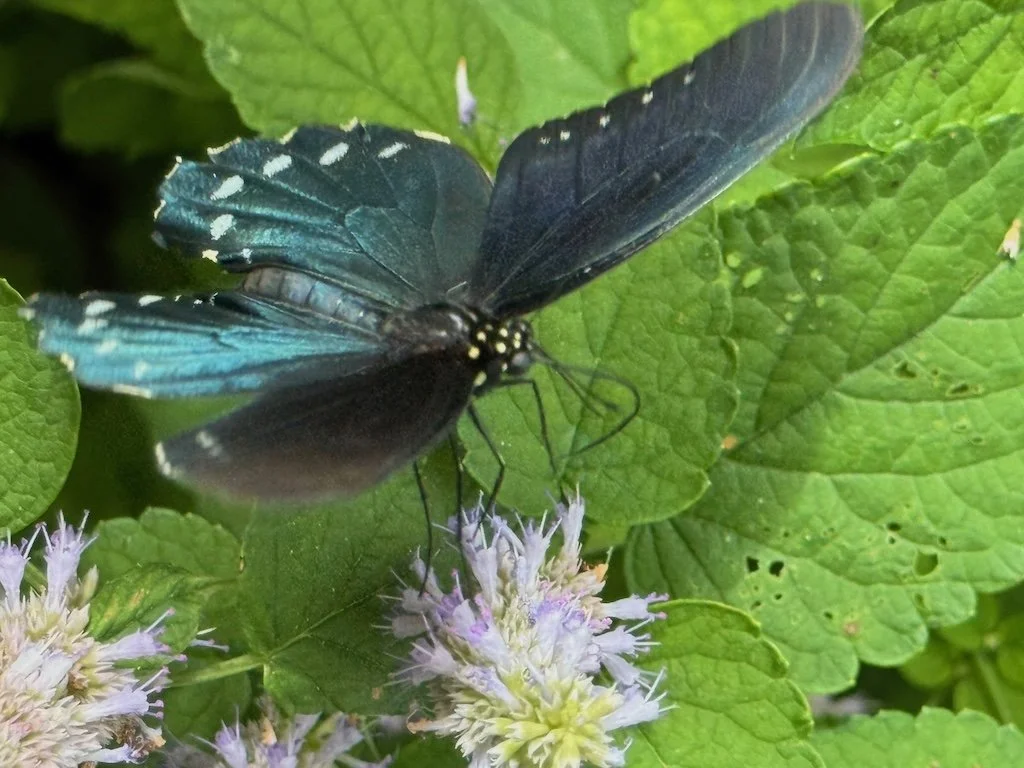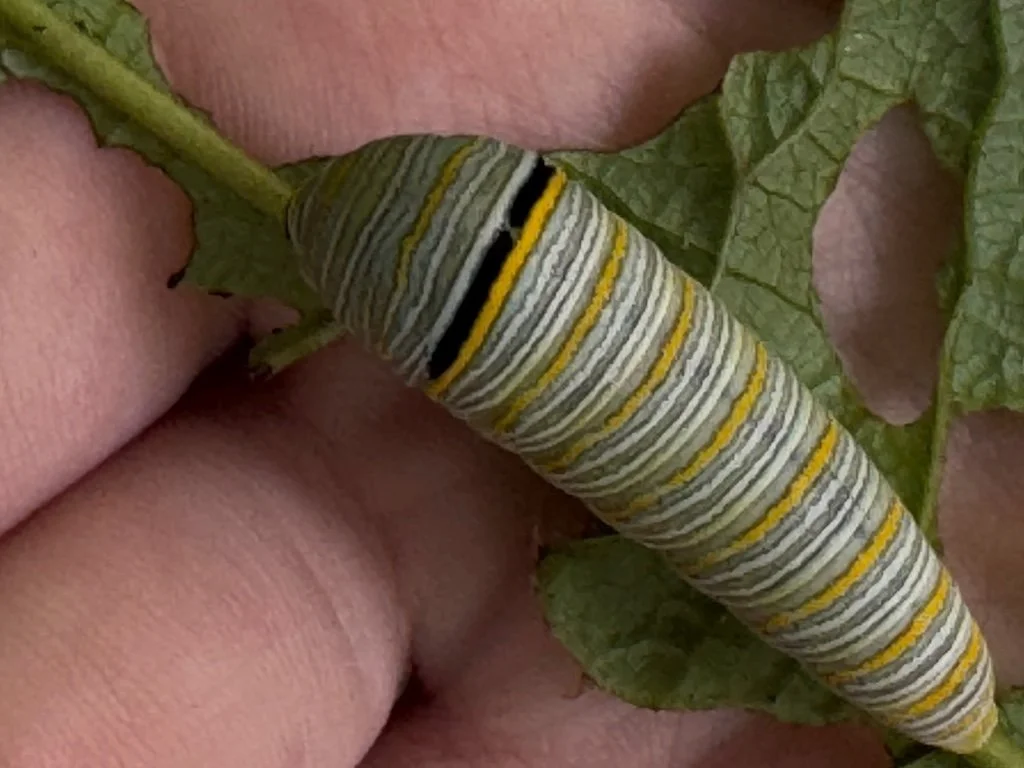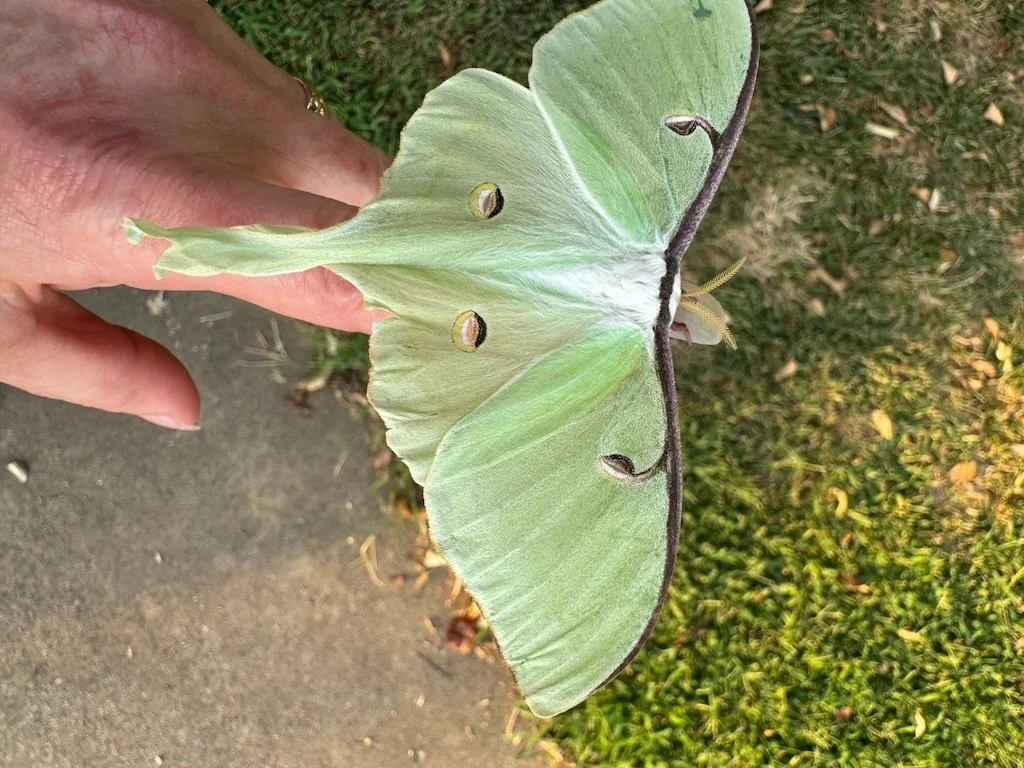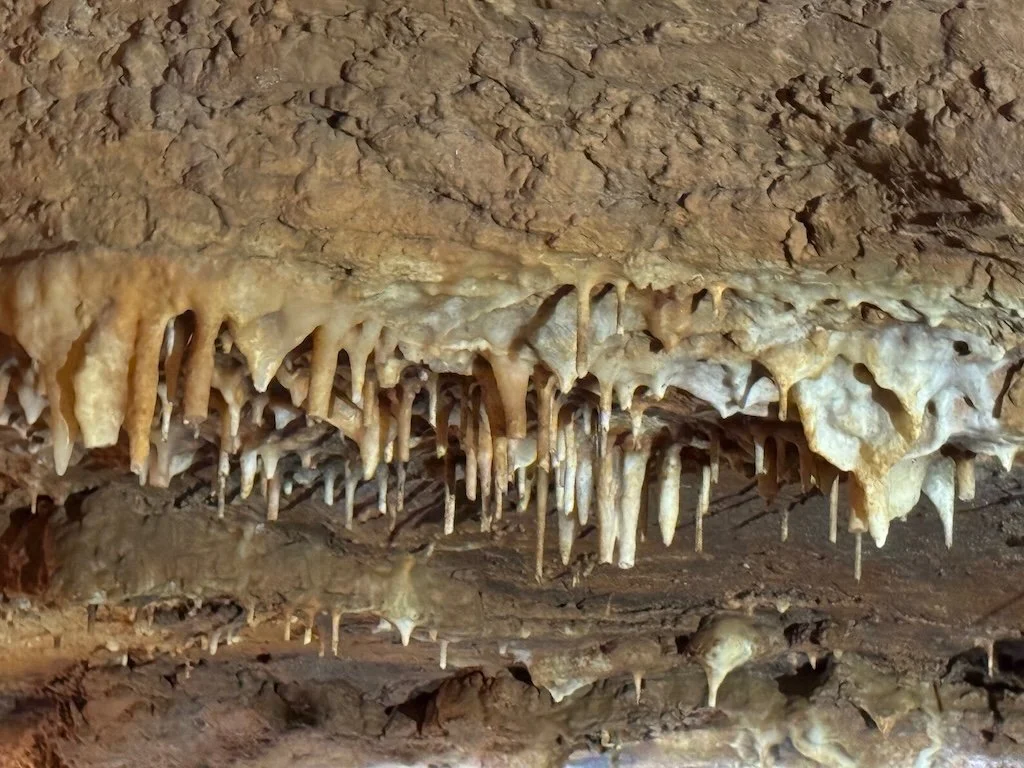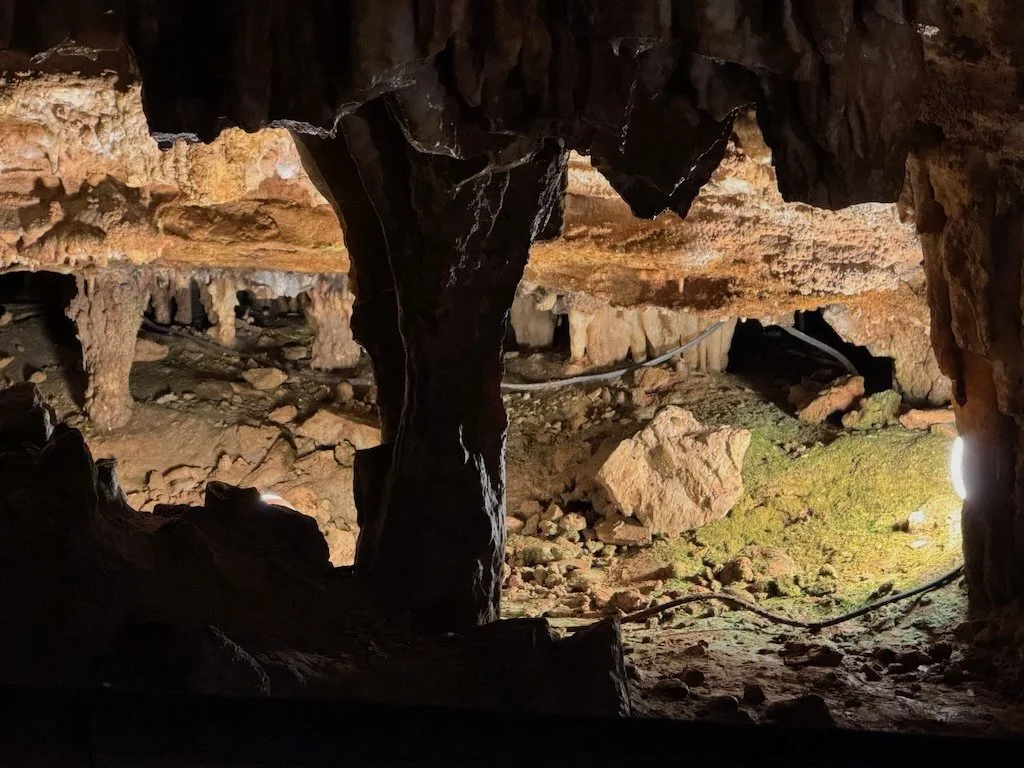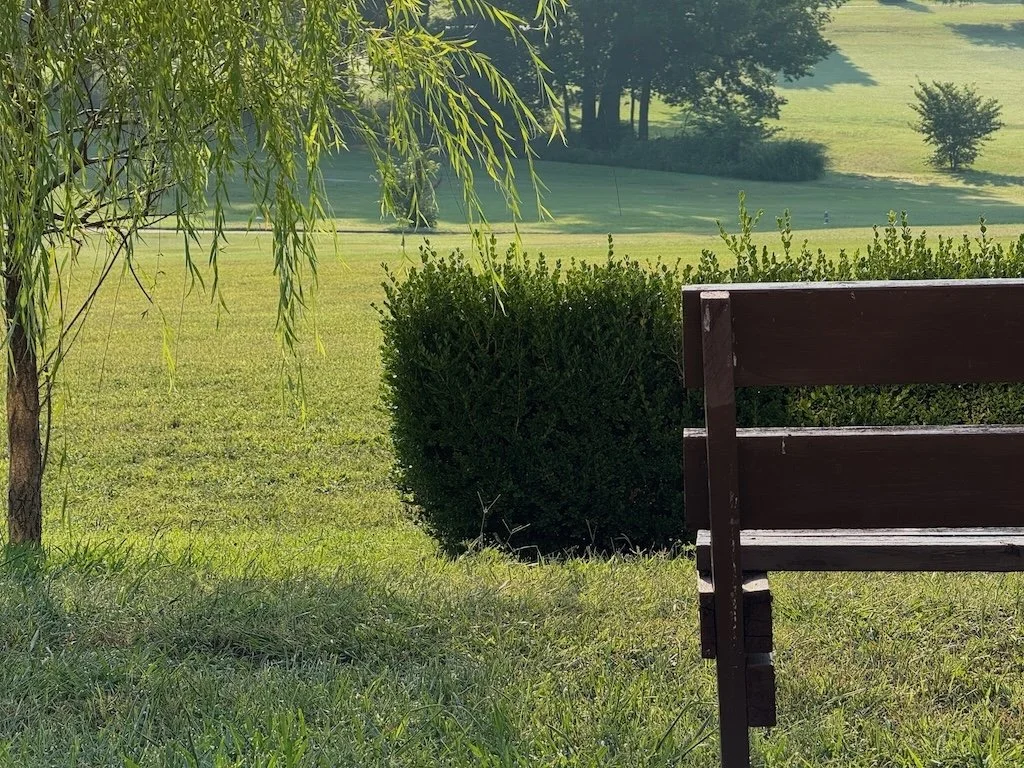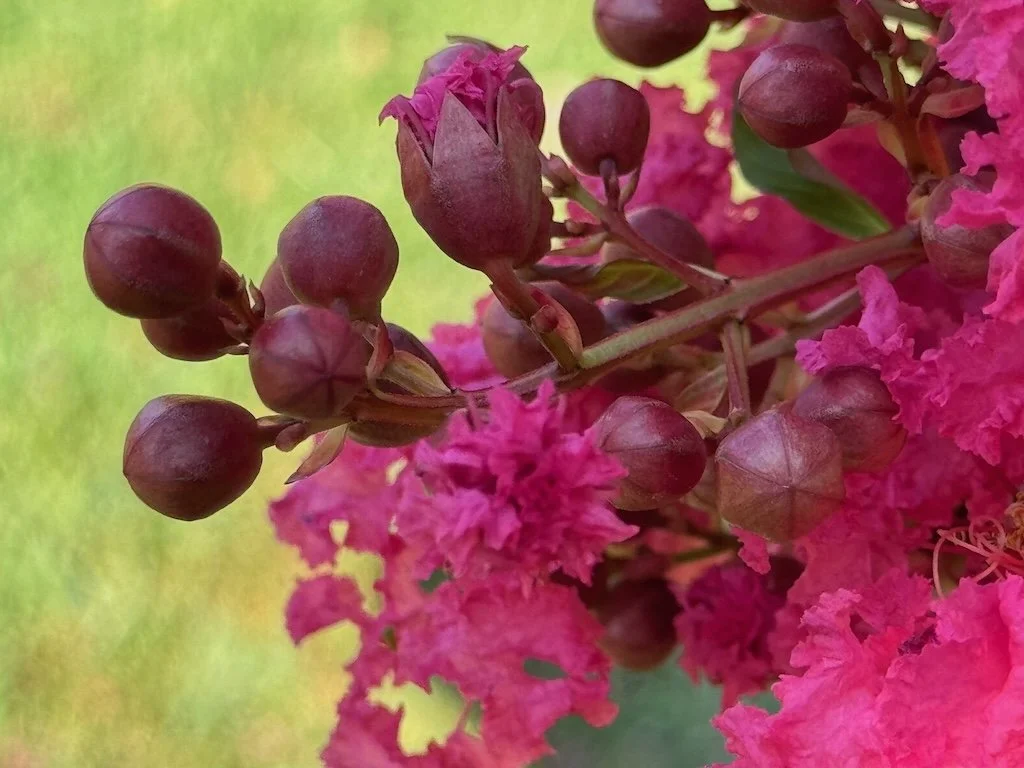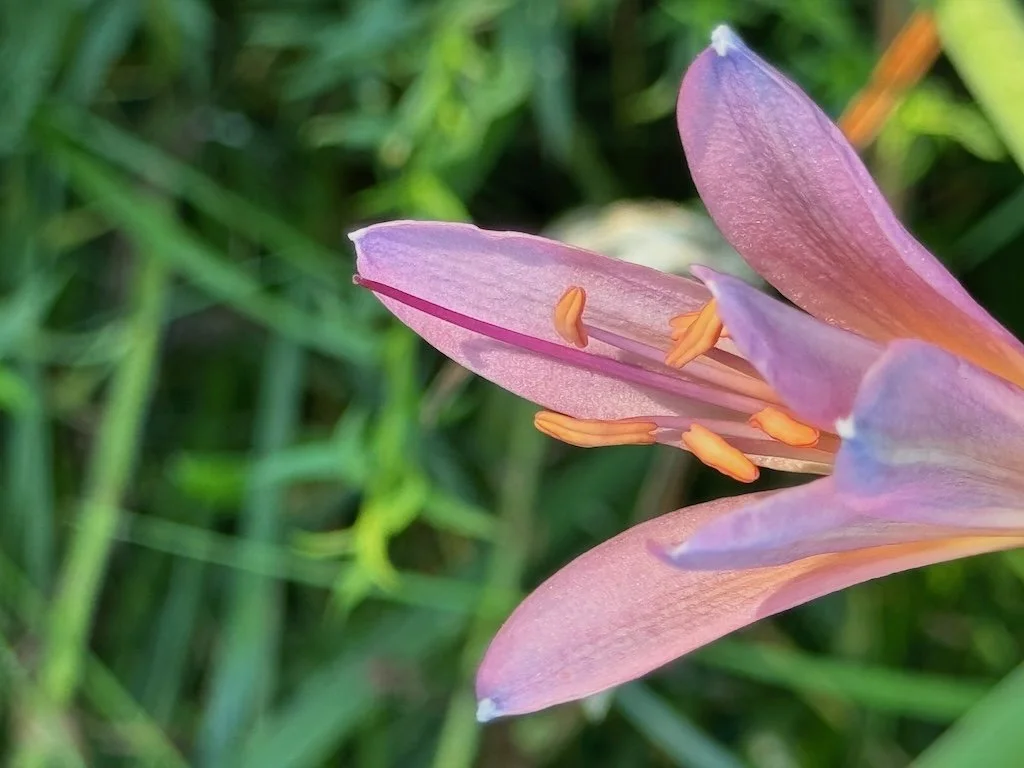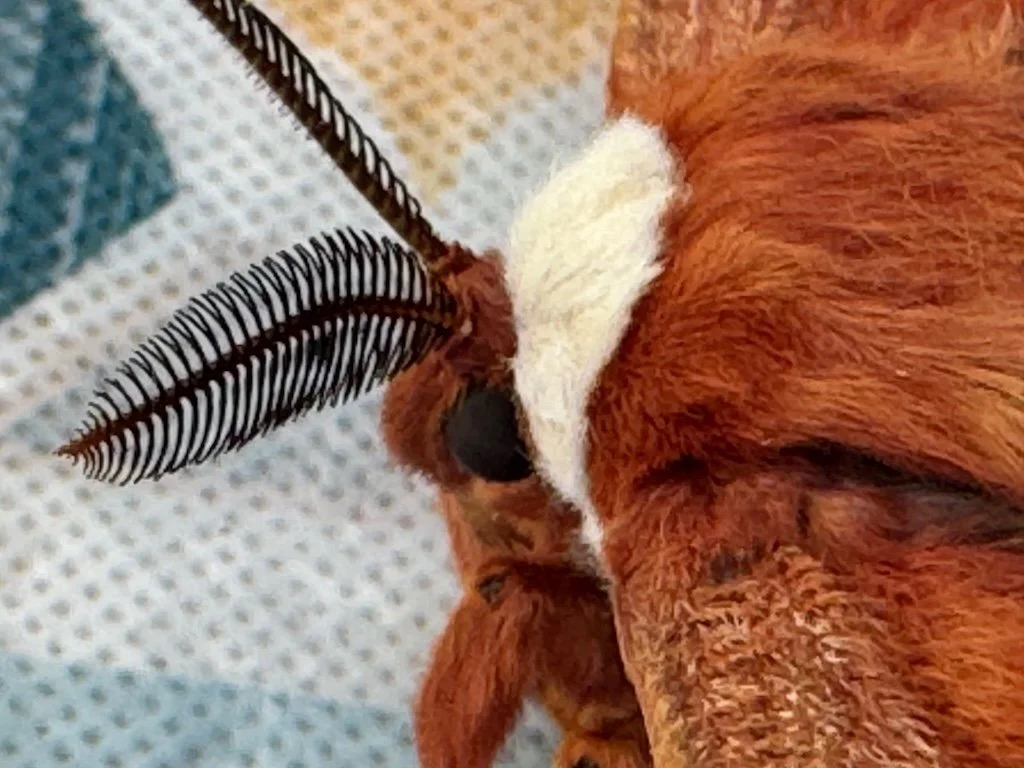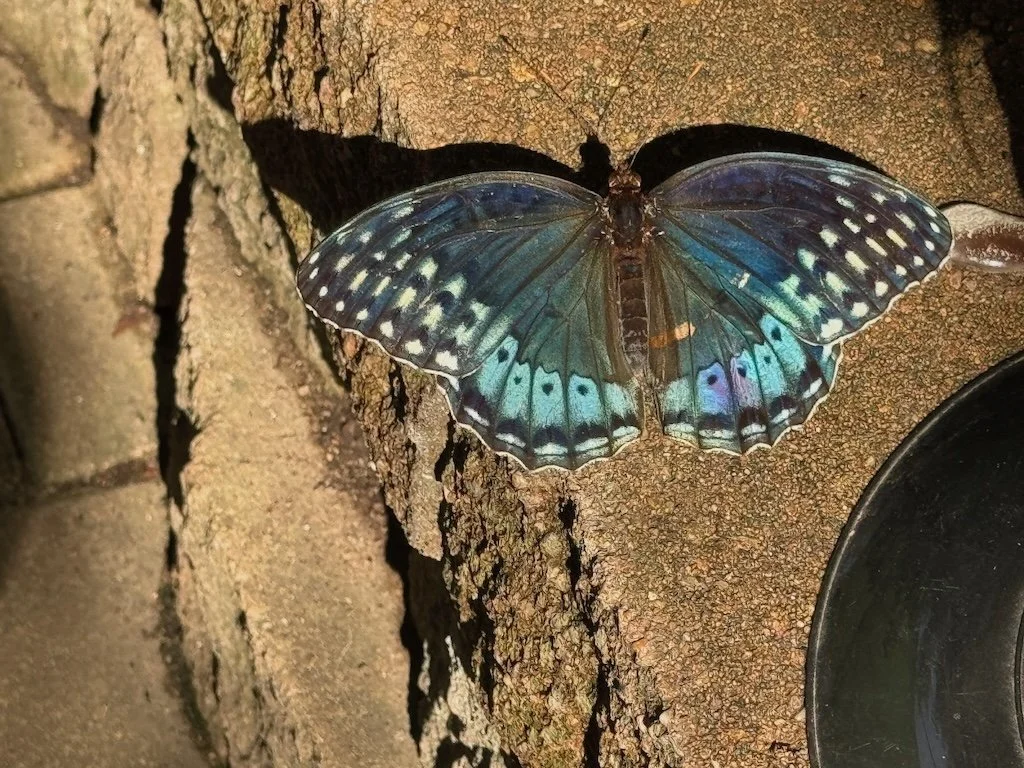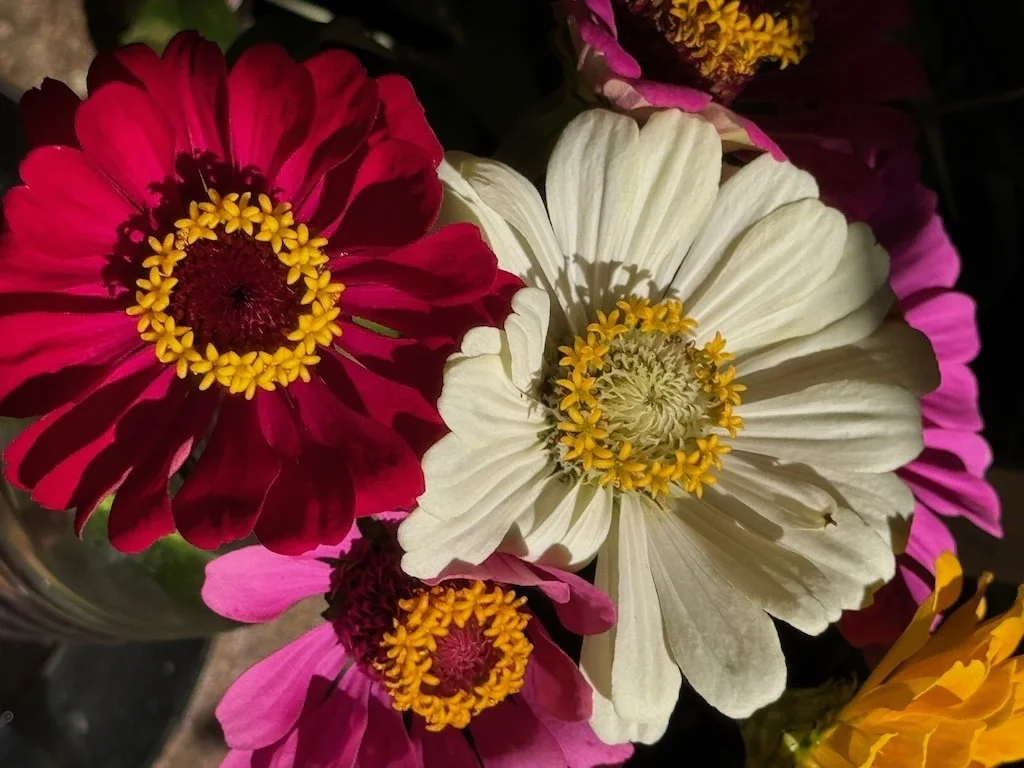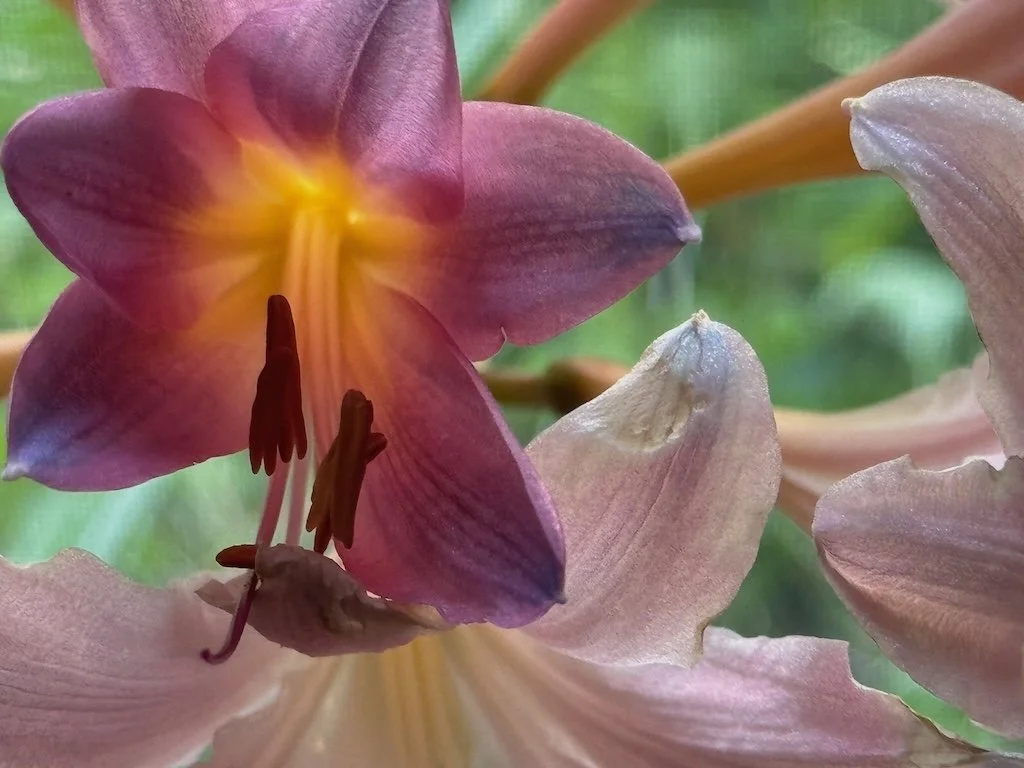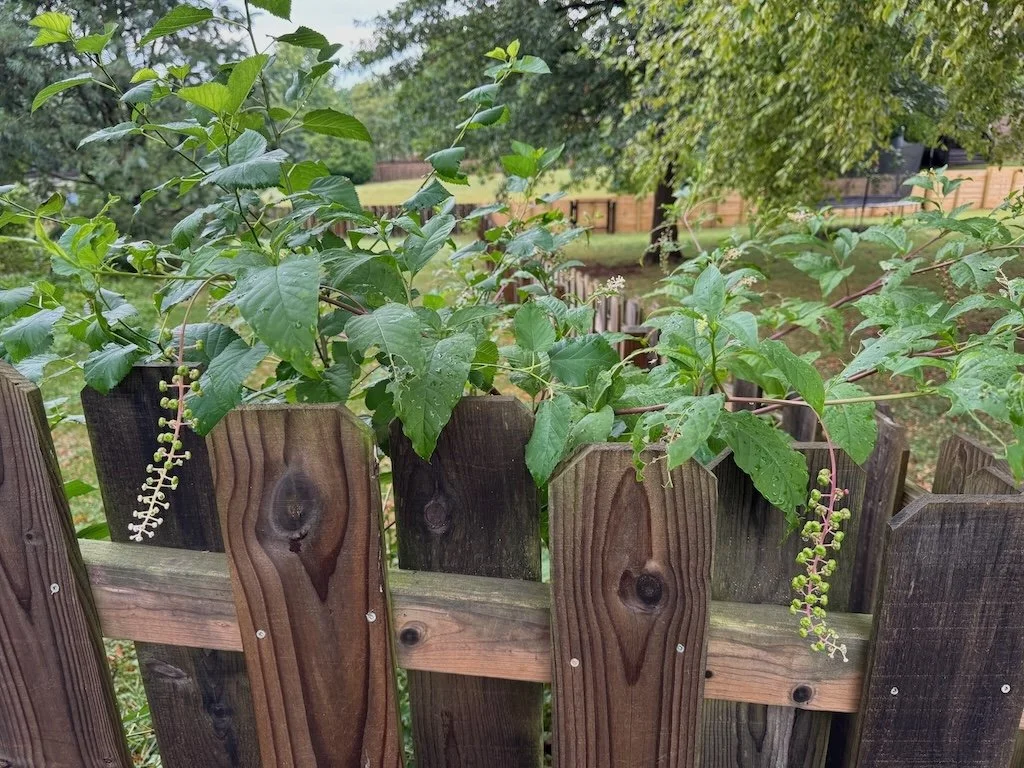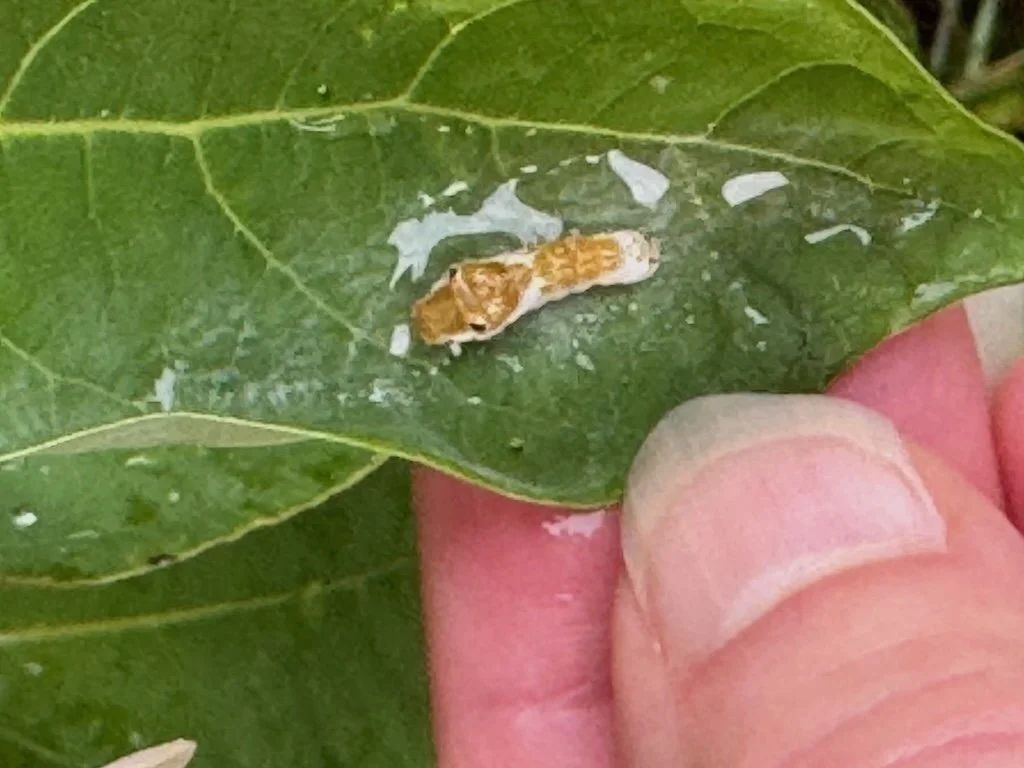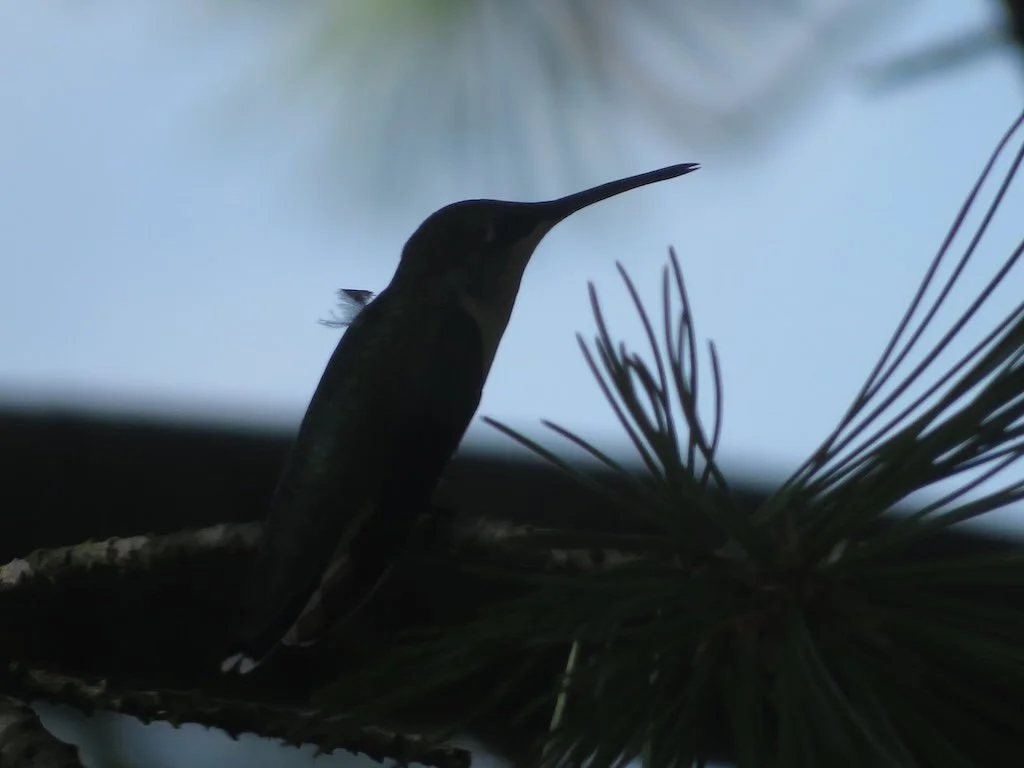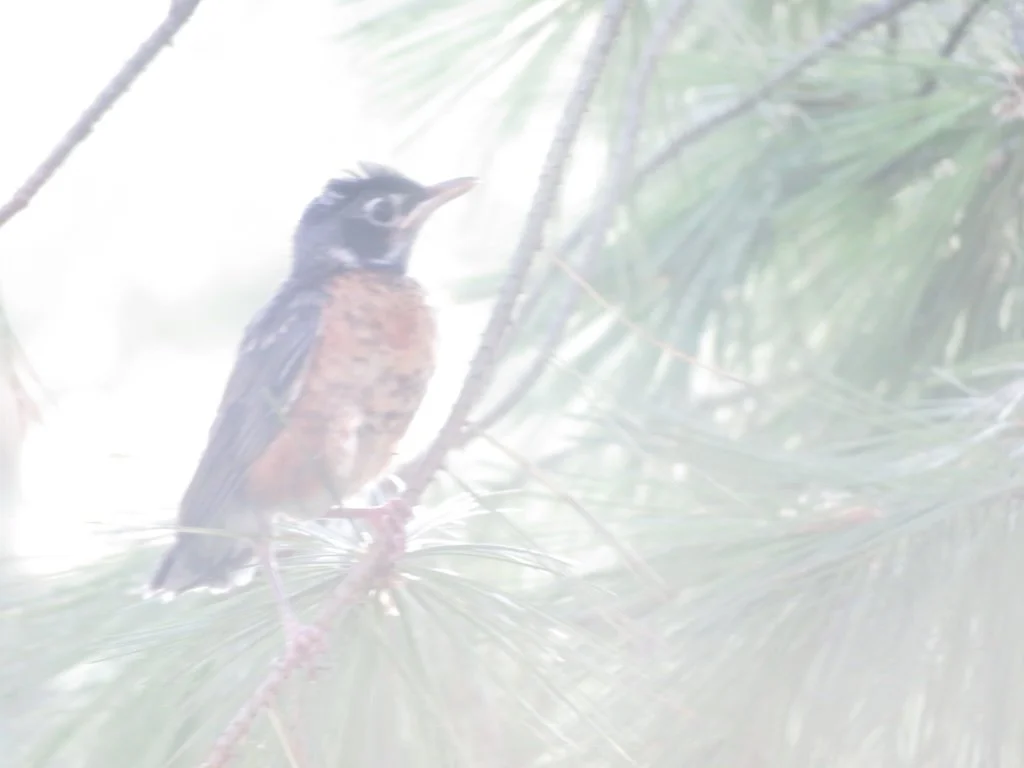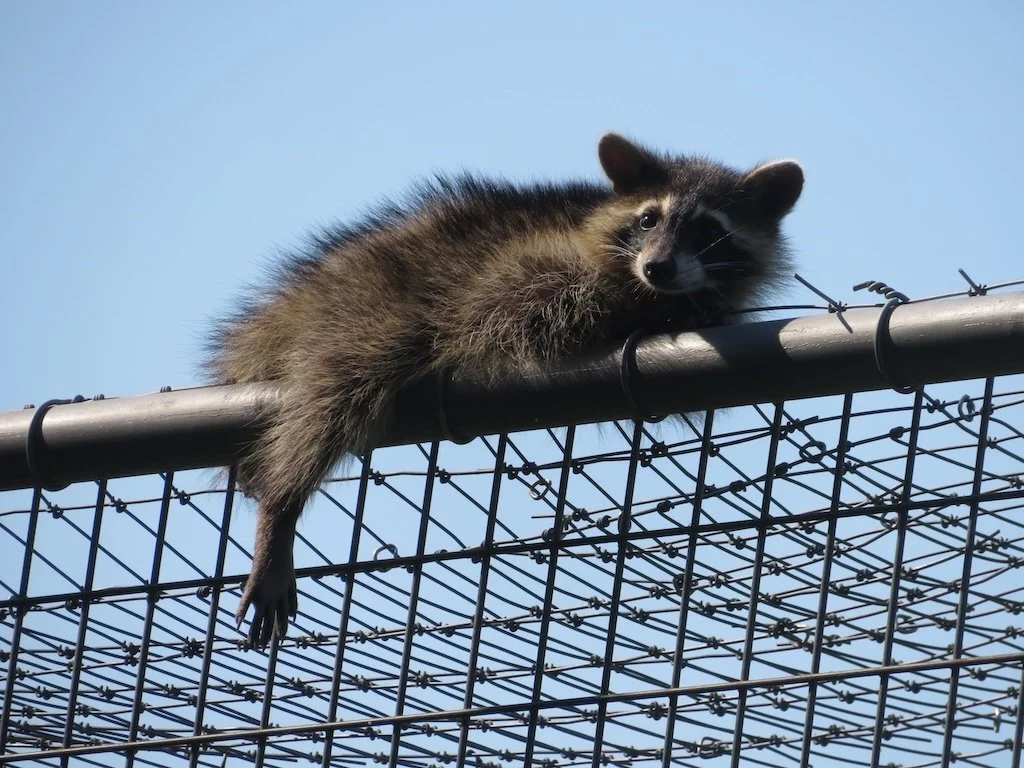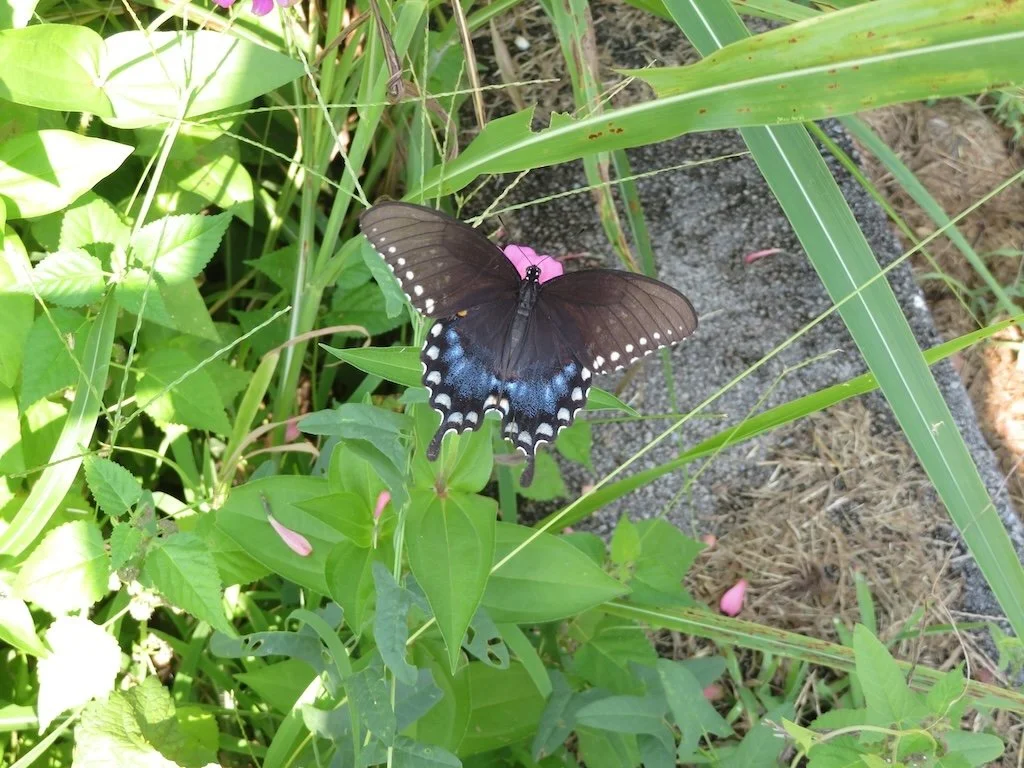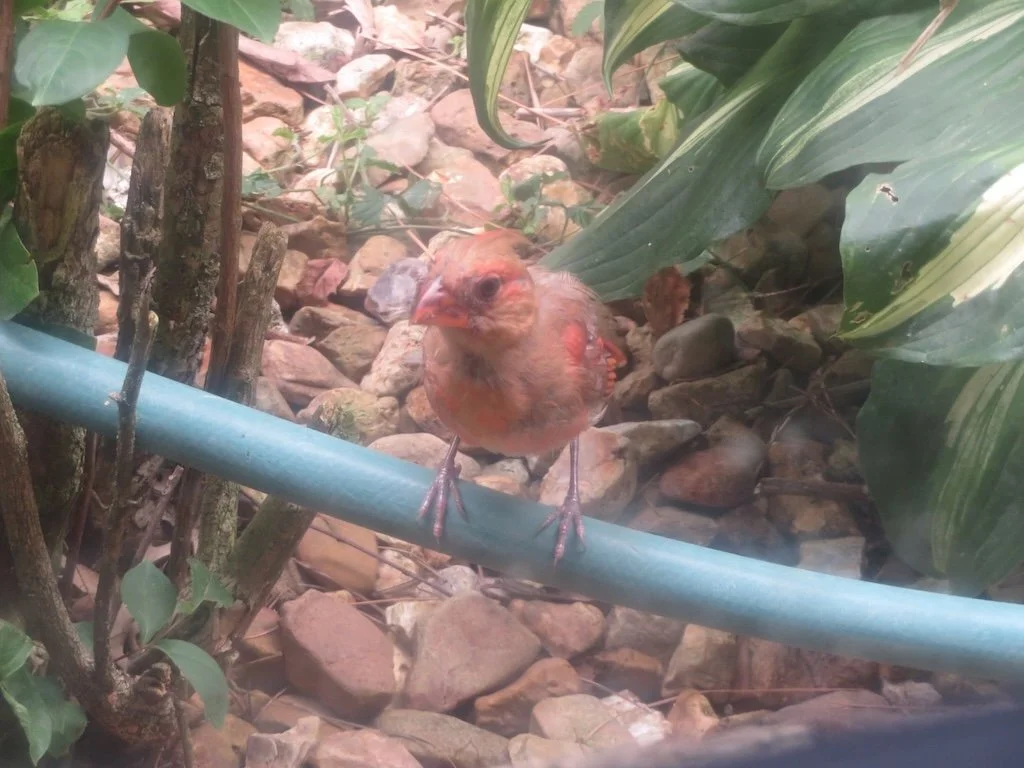In the Middle Patuxent at MPEA
/It was a cold morning last week when I headed out at dawn to help set up for another Middle Patuxent stream assessment – this time at the Middle Patuxent Environmental Area which is upstream from the other Middle Patuxent field trips I had done this fall. It was a field trip that had been canceled previously because of high water (see the post about hike I made that day).
The day was cloudy but dry. I enjoyed the hike down to the river.
The water was low enough that we could walk across near one of the riffles without jumping from rock to rock. I was wearing two pairs of socks to fill out my boots and keep my feet warm. My table got macroinvertebrate identification (after we captured them) was set up on a gravel island in the middle of the river. The other two were on the bank further downstream.
Mayfly larvae were the more numerous critters we found – all sizes. There were numerous good photos taken with the macro lens by the students.
But the highlights of the day were two larger critters. The crayfish was large enough that it had to be in the plastic bin while the hellgrammite fit into the ice cube tray. Photos of these did not require the macro lens!
The group of 60 students managed reasonably well in the cold; it might have been a little warmer at the river level when we were dry. I realized as I walked back up the path afterwards that I was cold but for the two hours I was in the river – I was warm enough and overwhelmingly focused on the experience with the students.


